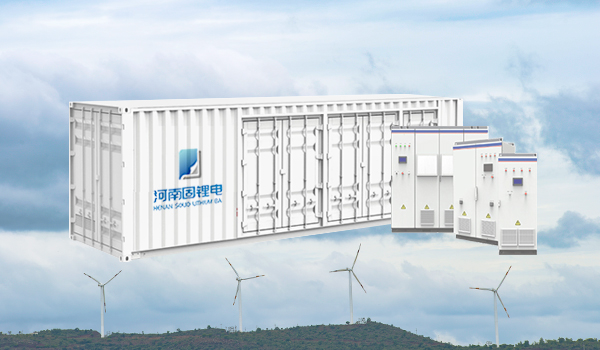400-8016-802
中文版
Date:2020-12-31 Sources: People"s Daily Author: Zheng Bin, Li Xiaoxiao Clicknum:520
According to the report, affected by the epidemic and other factors, global energy demand is expected to drop by 5% this year, of which oil demand will drop by 8%, and coal use will drop by 7%. However, the renewable energy industry continues to grow and is expected to replace coal in 2025. Main power generation method. By 2030, renewable energy will provide nearly 40% of the world''s electricity supply.

Core reading: The process of global energy structure transformation is accelerating. As international efforts to address climate change and low-carbon energy become a consensus, more and more countries are actively introducing policies and measures to promote the development of the renewable energy industry, and the development prospects for the green energy industry are promising.
The International Energy Agency urges more countries to actively formulate effective energy policies, accelerate the transformation of the energy structure, and boost the sustainable growth of the renewable energy industry.
The renewable energy industry grows against the trend
In the 'World Energy Outlook 2020' report, the International Energy Agency predicted that global energy demand will not fully return to pre-epidemic levels until at least 2023. According to the report, affected by the epidemic and other factors, global energy demand is expected to drop by 5% this year, of which oil demand will drop by 8%, and coal usage will drop by 7%. However, the renewable energy industry continues to grow and is expected to replace coal in 2025. Main power generation method. By 2030, renewable energy will provide nearly 40% of the world''s electricity supply.
The development of the photovoltaic industry in Africa is also accelerating. According to the market research report of Bloomberg New Energy Finance and Green Cape, the South African solar leasing platform Sun Exchange predicts that in the five-year period from 2019 to 2024, the market potential of sub-Saharan Africa in the industrial and commercial photovoltaic field may exceed US$7 billion .
Many countries increase the development of new energy
At present, more and more countries attach importance to the development and utilization of new energy, and correspondingly introduce more industrial support policies and green recovery plans to accelerate the transformation of energy structure to low carbon.
The Chilean government officially launched a green hydrogen strategy in November this year to promote the transformation of the energy structure. In December last year, the Chilean government announced that it will speed up the adjustment of its energy structure. It plans to reduce the share of coal-fired power generation to 20% by 2024, and gradually increase the proportion of hydropower, wind, solar and biomass power generation, and it will be renewable by 2030. The proportion of energy in the country''s total energy will increase to 70%, and all coal power plants will be shut down completely by 2040.
Prospects for future industry development
Dr. Fatih Birol, Executive Director of the International Energy Agency, said that if governments and investors can increase efforts to develop and utilize clean energy in accordance with the sustainable development concept set by the International Energy Agency, this will respond to global climate change issues. It is a great encouragement. The International Energy Agency calls on the government, energy companies, investors and the public to actively participate in the energy structure optimization and transformation.
Ben Mike Williams, an energy expert at the Brugge Institute for Economic Research in Belgium, believes that while the government is increasing public investment, it is also very important to effectively attract investment in the private sector. On the one hand, governments of various countries can adjust market expectations through policy guidance to enable investors to foresee the prospects of investing in a low-carbon economy; on the other hand, they should further accelerate the integration of internal energy markets, strengthen international policy coordination, and ensure that energy prices remain at a constant level. A stable and reasonable range to attract investors'' attention to the green energy industry.
'In order to achieve sustainable development and the climate goals of the Paris Agreement, member states should strive to increase the proportion of renewable energy sources, ensure access to universally reliable electricity, and actively build an inclusive, resilient, and low-carbon energy system.' The Executive Secretary of the Commission, Ali Shahbana, said at the 2020 Global Energy Internet (Asia) Conference. This conference proposed that it is necessary to accelerate the development of clean energy bases with good resource conditions and excellent economic benefits, and to send electricity to the energy-using centers in the continent, so as to create a 'West-to-East power transmission, North-to-South power supply, multi-energy complementarity, and regional interconnection' Energy development pattern. On this basis, we will build a power interconnection channel between Asia and Europe, Africa, and Oceania to achieve mutual energy across continents. (People''s Daily Online/People''s Daily/Li Xiaoxiao, Zheng Bin, Liu Junguo, Shen Xiaoxiao, this newspaper Rio de Janeiro, Brussels, Tokyo, Beijing, November 22)